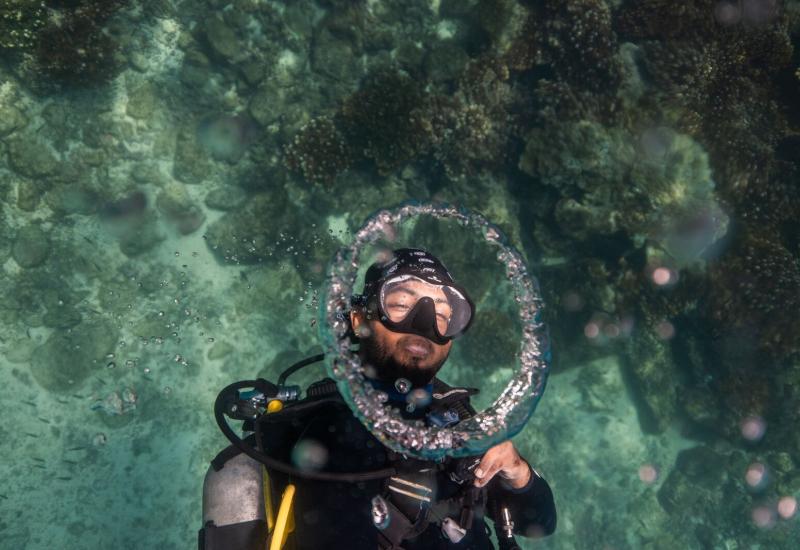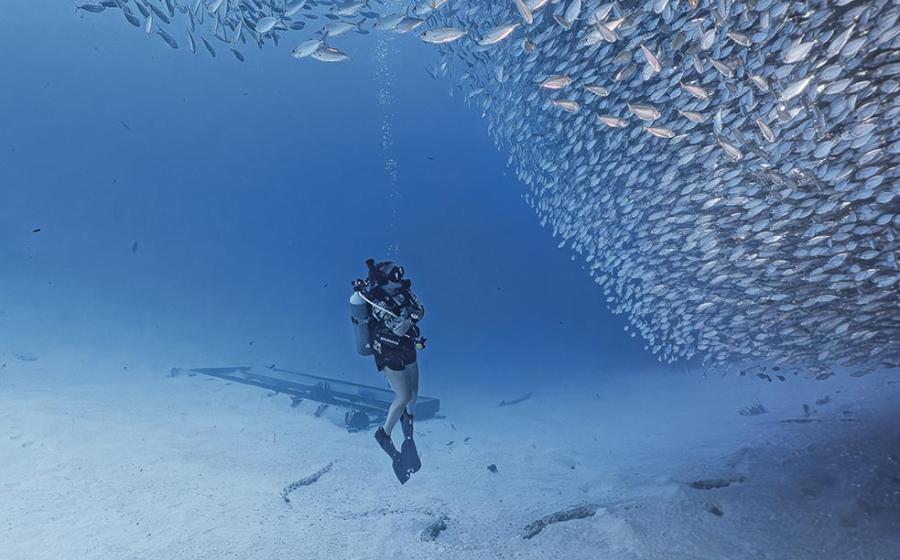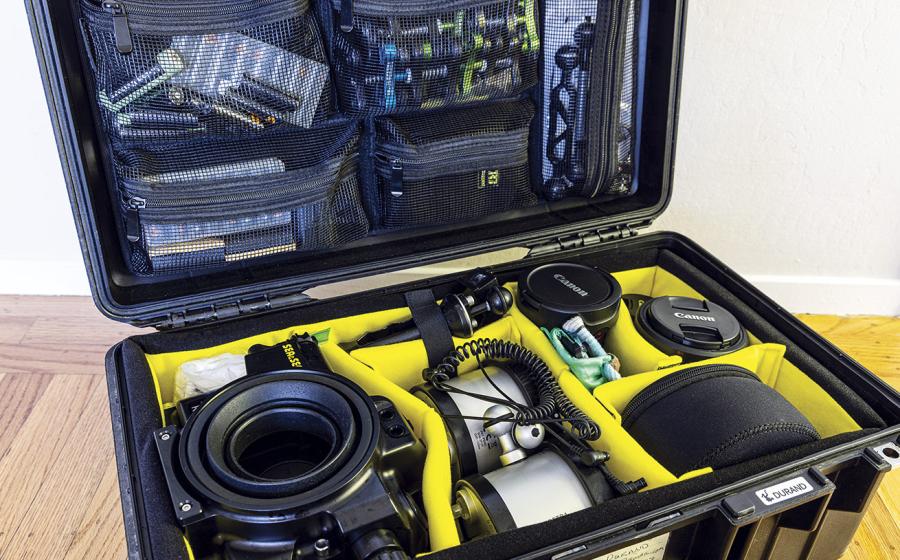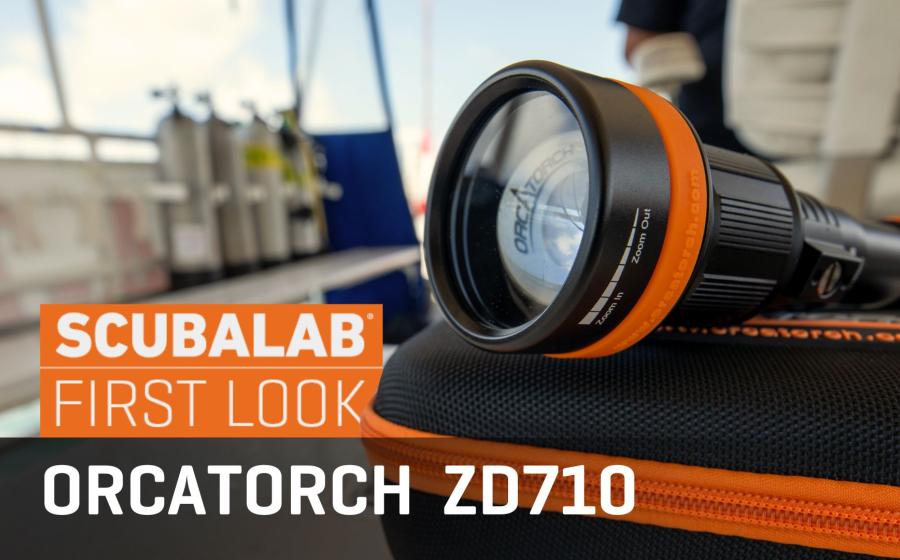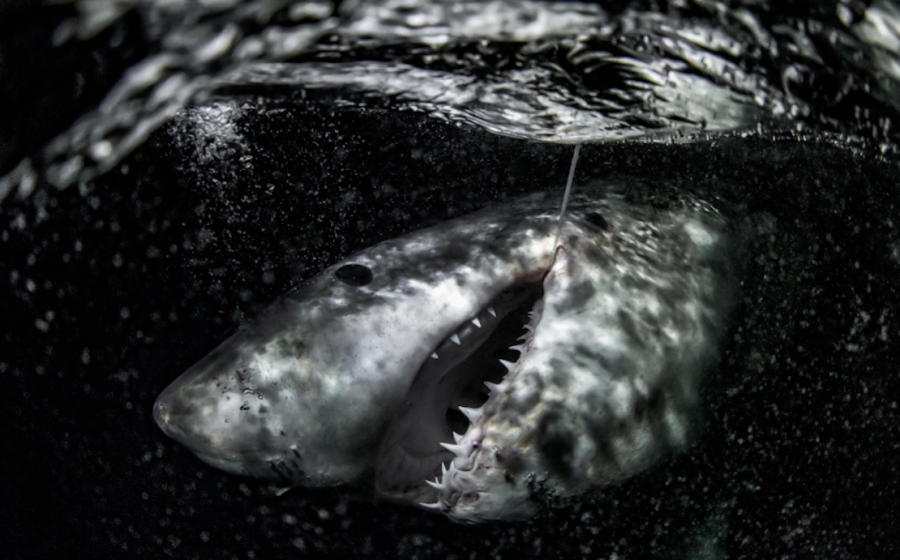What It’s Like to Swim With Humpback Whales
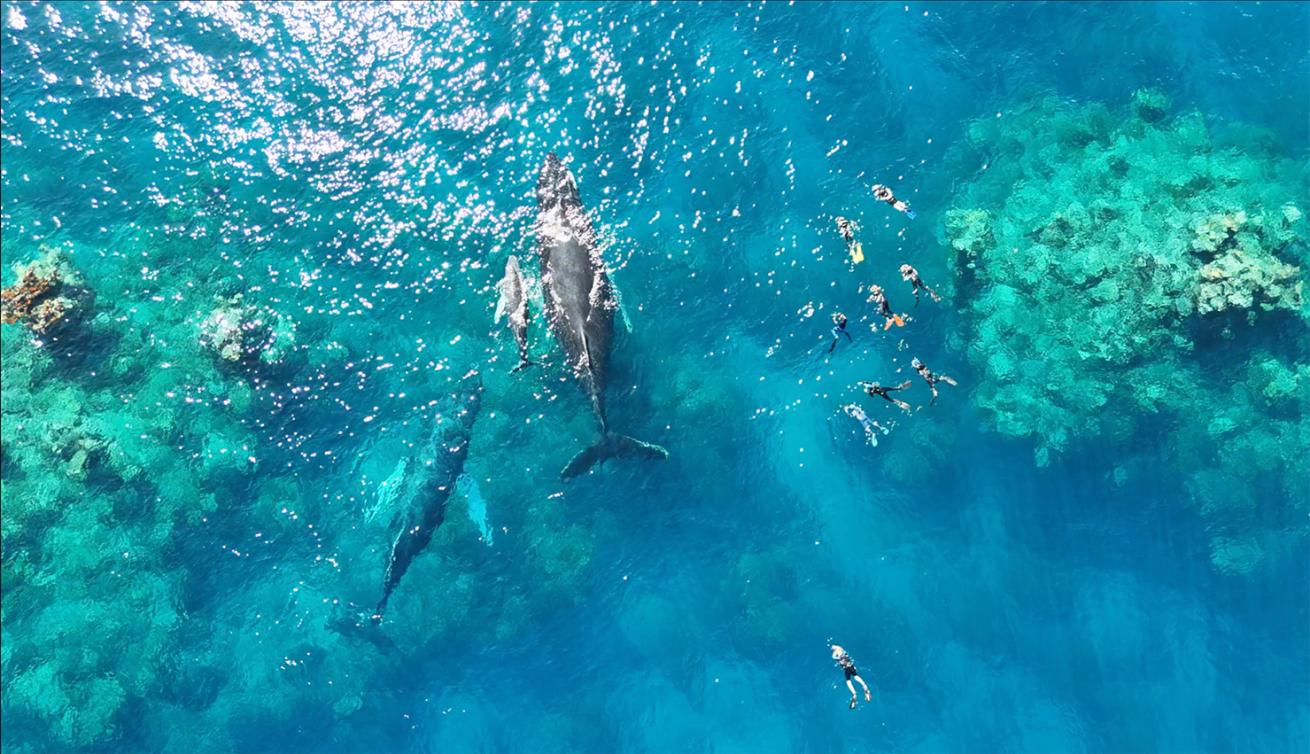
Courtesty Aggressor Adventures/Jason FlowersTravelers snorkel in between two coral bommies in Silver Bank with a humpback mother, calf and escort.
The strangest thing about swimming with a whale is that they don’t feel that big when you’re in the water with them. (At least to me, anyway.) The awe-inspiring animal looks to scale in the vast blue of the ocean. It’s not until later—when I see the pictures of the mother-calf pair swimming alongside our skiff—do I realize the baby was bigger than our boat.
I have the opportunity to swim with these gentle giants thanks to Aggressor Adventures, one of the few permitted operators that runs snorkel trips to the Dominican Republic’s Silver Bank, a section of the Bancos de la Palata y Navidad Marine Sanctuary. Thousands of whales make their way down here every spring from the cold waters of Canada and New England to mate and give birth. “It’s part daycare and part spring break down here,” the crew likes to joke.
This wide variety of motivations means the full spectrum of whale behaviors is on show: You can encounter rowdy males fighting each other in a colossal display of dominance, mothers swimming with their calves, males escorting mothers in vain hopes of catching their special attention, ‘valentine’ pairings dancing before they mate, solo whales smacking the water with their fins to clean off barnacles. The ocean decides what to deliver—and it’s up to you to spot it. Whales, of course, don’t send you a daily itinerary, so snorkeling with them is a group effort that requires a dash of luck and keen eyes.
Lucky for me, we strike gold on our first day on the water.
Related Reading: 8 Best Places to Go Kelp Diving
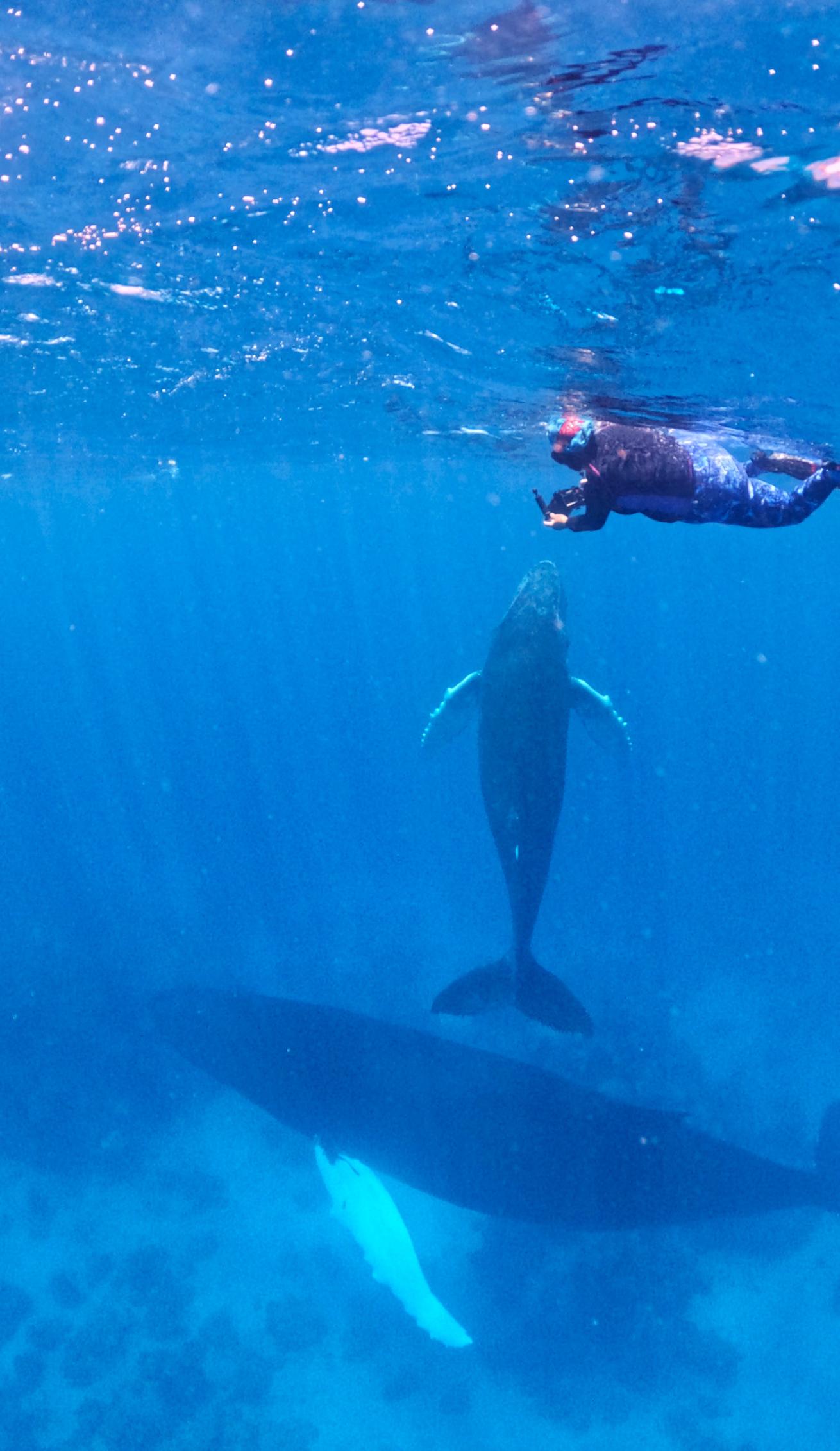
Alexandra GillespieSwimming with humpback whales in the Dominican Republic requires a permit.
Seven of us clamber off the 120-foot Turks and Caicos Aggressor II and into a small skiff and shoot off toward the horizon. The blinding sun reflects off the water as we squint our eyes, straining to spot a puff of air or the splash of a tail. Captain Dennis, piloting the skiff with practiced eyes, sees movement in the distance and all of the sudden we soar through the sanctuary, water spraying every which way, to catch up with the group. Slowing as we approach, the captain tells us we have two rowdy males facing off next to a mother and her calf. It’s likely that one was escorting the mother, hoping for some spring break fun, when a second male came along to challenge him.
While there’s no major fight unfolding, it’s not safe to get in the water. A single male whale can top 50 feet and 44 tons. You don’t want to be in the water when upwards of 194,000 pounds starts smacking around.
Fortunately for us, the mother isn’t interested in waiting for any drama to unfold. She peels off with her calf, banking straight for the shallow waters nearby that are known as the nursery.
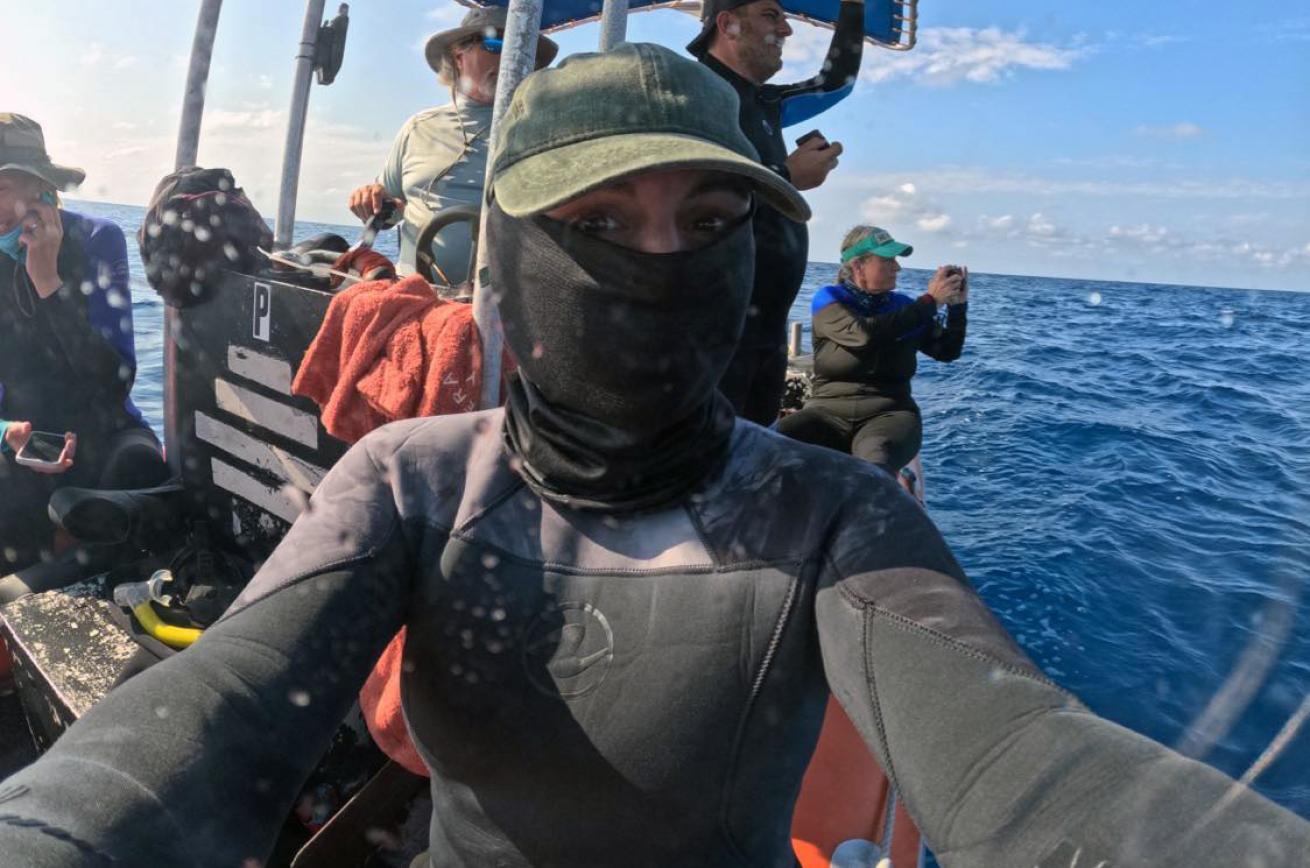
Alexandra GillespieThe author experiences swimming with whales in Silver Banks, Dominican Republic.
“This is good,” says Captain Dennis as we follow in her wake. “She’s slowing down. That means she’s settling. He recognizes this mother-calf pair from other encounters this season thanks to the distinctive lump on the mother’s top fin. While some mothers are wary of snorkelers, this one enjoys having somebody around to ‘babysit’ her energetic pup.
“This calf likes to show off what it’s learned since it last had an audience,” Dennis tells me. “We may be able to get in the water here soon.”
Gearing up, we quiver with anticipation on the stiff orange edge of the skiff. There’s no point getting in the water if she’s still on the move—there’s no way for us to keep up with her in the water under the power of only our fins. We have to wait until we spot her or the calf as they come up for air for several breath cycles in the same spot, indicating they’ve settled in.
“Oh my god, this might actually happen. This might actually happen,” I beam in excitement.
Finally, the moment arrives. Camille, our guide from Brazil, gestures from the water that she’s got eyes on the mother and points in the direction the whale is looking. This allows us to drop into her line of sight, so we don’t approach from the back like a predator and potentially scare her off.
“Go, go, go, go!” the captain shouts, and we slip into the water as quietly as possible.
As soon as we’re in, it’s playtime. The mother hangs below, hulking and unbothered. The excited calf rises from below her, jerking sideways as she nears the surface, showing us her belly and jutting her fin toward the sky. Waving her tail underwater, she slowly arcs away before beaming straight toward us.
Related Reading: Scientists Race to Figure Out Why Grey Whale Deaths are Spiking
Smack! She executes an adorably clumsy tail smack, jackknifing her tail through the top of the water instead of hitting it flat along the surface. After a short breath at the surface, she shows us her 360 degree underwater spin. Then it’s straight into hanging upside down, tail toward the sky.
The calf’s show has only just begun. My heart begins to race as she arches in the water, turning toward me. Her tail flapping, she picks up speed as she races in my direction. My heart nearly bursts out of my chest as she pulls hard to the left, soaring so close to me that I can inspect the ridges and individual ventral grooves that stretch from the tip of her mouth to the start of her tail.
She pulls back for another pass, showing off her sizable form as she skims just below the surface. Her gray skin stretches and undulates as she passes by again, a beautiful show of formative power.
After 15 minutes of adrenaline-packed play that passes in the blink of an eye, the mother draws her calf close before guiding her off into the blue. Our faces break the surface and the air fills with squeals of joy.
There’s little time to wallow in the glow: This encounter doesn’t have to be over yet! We make a mad dash for the skiff, clambering in as fast as our gear allows before setting off after the pair. The day is young — there's plenty of time left to play.
Related Reading: Taking It Easy
CONTACT INFO
800-348-2628


